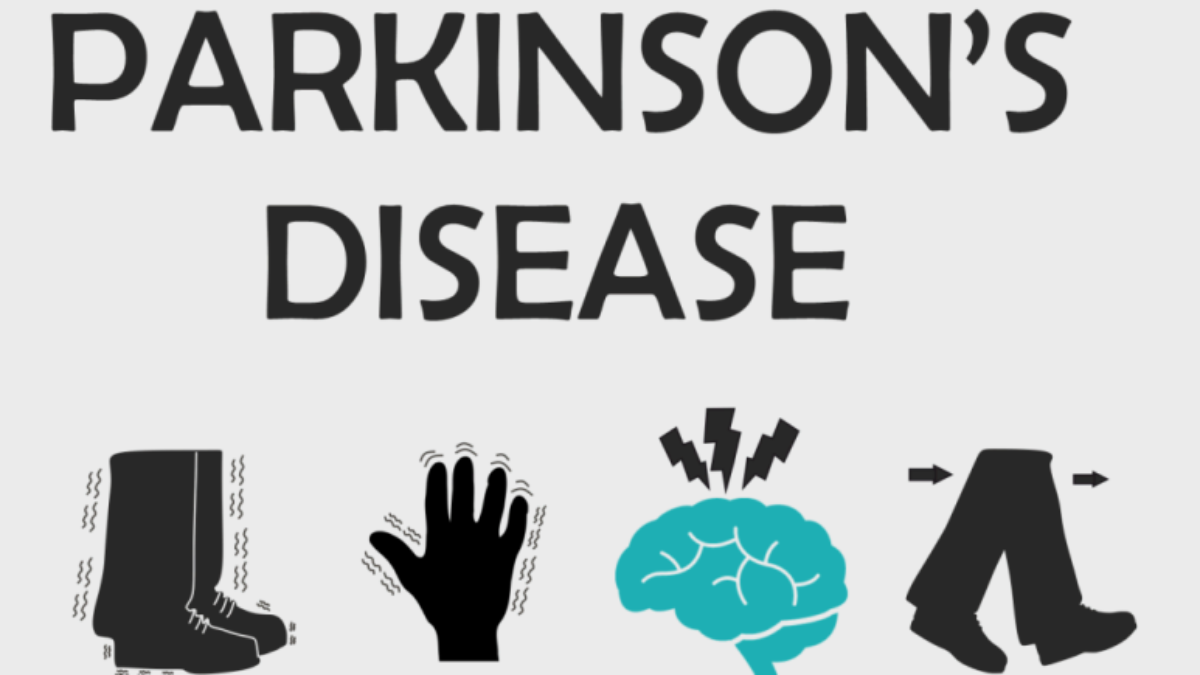World Parkinson’s Day is celebrated on April 11th every year, an occasion hosted with different themes every year to unite, raise awareness and advance treatment. The day marks the birthday of Dr. James Parkinson as he was the first person to medically describe this disease as a neurological syndrome in 1817. Parkinson’s disease is a neurodegenerative disorder that mainly affects the motor system. The breakdown or death of certain nerve cells or neurons that produce a chemical messenger in your brain called dopamine causes the symptoms of this disease. In the initial stages of the disorder small tremors and rigidity in movements occur. But in later stages individual may experience hallucinations, delusions, confusion and emotional fluctuations. Some of the other main complications in the later stages include thinking difficulties, chewing and swallowing problems, sleep disorders and consitpation. The cause of this disorder is unknown but researchers have identified that specific genetic mutations may cause Parkinson’s disease. Exposure to certain toxins or environmental factors may also increase the risk of developing this disease. Though the prevalence of this disease is much more prominent in other countries compared to India, the total number of cases is much higher as a result of a large population. The current incidence of this disease is around 70 out of 100,000 people in India. In India studies were conducted to understand the symptomatic variations and severity in patients. Some of them are mentioned below
- A study by Muthane et.al, at NIMHANS compared the normal human brains of India and United Kingdom. The neurons which were melanized in substantia nigra with respect to their age were compared. Indians had a lower level of melanised neurons compared to UK citizens. Which gives us an idea of relatively lesser incidence of this disease in India.
- Denny and Behari from AIIMS studied about motor fluctuations and found that more than half were affected with LID (Levodopa-induced dyskinesia)
- Naskar et.al studied the effect of deep brain stimulation (DBS) on long latency event-related potentials, which showed an increased N100 latency, reflecting the worsening of orientation response with STN stimulation.
- To explore the functional somatotopy of globuspallidus (GPi), Kishore et.al conducted a study in which 29 patients underwent pallidotomy.
Since the symptoms vary to a large extent depending on the patient, a comprehensive multidisciplinary approach is used in India to slow down the disease process. Some of them include
- Drug therapy:- medications to treat dopamine levels are used in this therapy.
- Occupational therapy:- therapeutic activities to manage the daily routine of a patient.
- Speech and swallow therapy:- Pathologist will work on improving speech and swallowing.
- Respiratory therapy:- therapist works on increasing the functioning of respiratory muscles.
In India, different modes of treatments are gaining importance. Ayurveda is one of the most common alternative medicine available in the country. Their treatment includes a mixture of cow’s milk, Mucuna pruriens, Hyoscyamus reticulatus seeds, withania somnifera, and Sida cordifolia roots. Physical therapy, which is noninvasive, is another mode of treatment. Srikumar from AIIMS conducted a study on 28 patients with pharmacological therapy. They found that consistent and systematic program of exercises improves the activities of daily living, and gait. Fetal cell transplants, stem cell or gene therapy are other procedures that can reduce the symptoms and need for dopamine replacement drugs. This condition cant be cured, but through these approaches the levels of symptoms can be varied and controlled to a large extend. Strategic execution to slow down or reverse the progression of this disease has always helped the patients to overcome the disabilities.
References
- Muthane U, Yasha TC, Shankar SK. Low numbers and no loss of melanised nigral neurons with increasing age in normal human brains from India.[Google Scholar]
- Denny AP, Behari M. Motor fluctuations in Parkinson’s disease.[Google Scholar]
- Naskar S, Sood SK, Goyal V. Effect of acute deep brain stimulation of the subthalamic nucleus on auditory event related potentials in Parkinson’s disease.[Google Scholar]
- Kishore A, Panikar D, Balakrishnan S, Joseph S, Sarma S. Evidence of functional somatotopy in GPi from results of pallidotomy.[Google Scholar]
- Nagashayana N, Sankarankutty, Nampoothiri MR, Mohan PK, Mohankumar KP. Association of L-Dopa for recovery following Ayurveda medication in Parkinson’s Disease. [Google Scholar].
- Srikumar V, Wadhwa S, Singh U, Yadav S, Behari M, Dwivedi SN. Structured Rehabilitation exercise program in Parkinson’s Disease.[Google Scholar]
